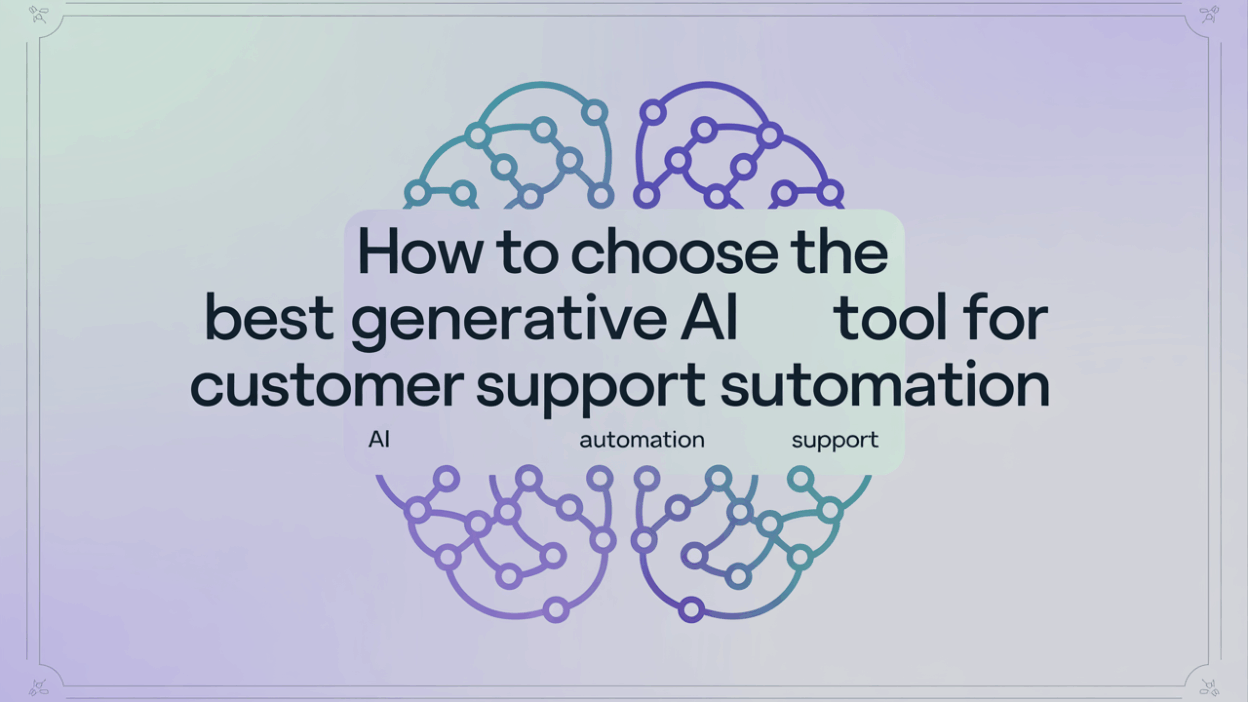When it comes to customer support automation, generative AI has emerged as a powerful solution for businesses aiming to streamline operations and improve the customer experience. However, with so many tools on the market, choosing the right one can be daunting. Here’s how to find the best generative AI tool for your customer support automation needs.
Understand Your Needs
Before diving into the sea of available tools, assess what you need from a generative AI solution. Consider the volume of inquiries, the complexity of your products or services, and the level of personalization required in responses. Knowing these factors will help you identify features that are essential for your business .
Evaluate Features and Capabilities
Look for tools that offer robust natural language processing capabilities, which allow the AI to understand and respond to customer inquiries accurately. The tool should also be able to integrate with your existing systems and provide round-the-clock support while automating repetitive tasks .
Integration and Scalability
Ensure the tool can seamlessly integrate with your current infrastructure, including CRM systems, ticketing platforms, and communication channels. Scalability is another important factor; the tool should be able to grow with your business and handle increasing volumes of interactions without compromising performance .
Training and Support
Consider the ease of training the AI model. Some tools may require extensive manual training, whereas others can scrape support documentation to create and deliver answers without much intervention . Also, check if the provider offers adequate support and resources to help you get the most out of their tool.
Security and Compliance
Security should never be an afterthought. Verify that the tool complies with industry standards and regulations, especially if you operate in a sector with strict data protection laws like finance or healthcare. Data privacy and security measures should be top priorities when selecting a generative AI tool .
Cost and ROI
Analyze the cost-effectiveness of the tool by considering both upfront costs and long-term expenses such as maintenance and upgrades. Calculate the potential return on investment by estimating how much time and money the tool could save your business through enhanced efficiency and reduced response times .
User Reviews and Case Studies
Lastly, look at user reviews and case studies to gauge the effectiveness of the tool in real-world scenarios. This can provide insights into how well the tool performs under various conditions and its impact on other businesses similar to yours .
By carefully evaluating these aspects, you can select a generative AI tool that not only meets your current requirements but also supports future growth. Remember, the goal is to enhance customer satisfaction while optimizing operational efficiency, making the choice of the right AI partner crucial for success .


